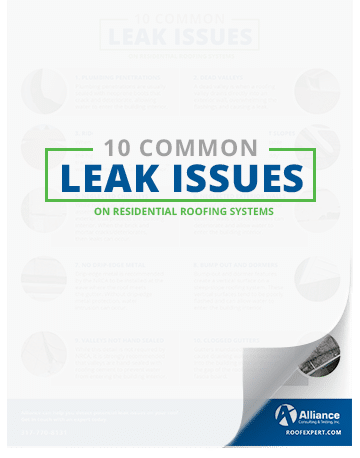Exploring The Financial Ramifications Of Solar Panel Setup: Is It A Belongings Investment?
Exploring The Financial Ramifications Of Solar Panel Setup: Is It A Belongings Investment?
Blog Article
Staff Author-Rowe Barbee
When taking into consideration the costs of solar installation, you could question the upfront financial investment called for and whether it straightens with the possible lasting advantages. Recognizing the ins and outs of these costs and the various factors influencing the overall return can clarify the value proposal of transitioning to solar energy. By reviewing both the preliminary setup expenses and the projected financial savings gradually, you can get insight into whether the investment in solar setup holds promise for your financial future.
First Setup Expenditures
When taking into consideration the prices of solar setup, the first configuration expenses play a vital function in your decision-making process. These upfront expenses include the cost of photovoltaic panels, inverters, installing tools, and installation labor.
The rate of photovoltaic panels can vary relying on the brand name, efficiency, and dimension you select. Inverters are vital for converting the sun's energy into usable electricity and be available in different types such as string inverters, microinverters, and power optimizers, each with its very own expense effects.
Placing devices, such as shelfs and rails, is required to firmly install solar panels on your roof or residential or commercial property.
The setup labor cost covers the specialist installment of the solar system, guaranteeing that every little thing is established correctly and successfully. Keep in mind that while these initial arrangement expenditures may appear high, there are frequently discounts, tax obligation motivations, and funding choices available to help balance out the costs and make solar installment extra budget-friendly over time.
Long-Term Financial Savings Analysis
To understand the economic benefits of solar installment over time, it's crucial to carry out a detailed long-term financial savings evaluation. While the first configuration expenses of solar panels might appear challenging, the lasting cost savings can surpass these costs dramatically. By taking advantage of the power of the sunlight to produce power for your home, you can possibly save thousands of dollars on your utility bills over the lifespan of your solar system.
Among the key elements to consider in a long-term financial savings analysis is the decrease in your electricity costs. With photovoltaic panels, you can produce your electrical energy, minimizing and even removing your reliance on the grid. This can bring about considerable financial savings, specifically as utility rates continue to increase.
Additionally, several federal governments supply motivations such as tax obligation debts and discounts for setting up solar panels, additionally enhancing your lasting cost savings. By making the most of these rewards and optimizing your solar power production, you can enjoy substantial economic advantages for many years ahead.
Roi Computation
Considering the economic benefits of solar setup, it's time to assess the Return on Investment (ROI) estimation. Identifying the ROI includes contrasting the complete costs of setting up a solar system with the monetary advantages it produces over its lifespan.
To calculate https://www.cnet.com/home/energy-and-utilities/solar-parking-lots-are-a-win-win-energy-idea-why-arent-they-the-norm/ , split the net profit from the system by the overall investment cost and increase by 100 to obtain a percentage. The ROI formula is: (Internet Profit/ Total Investment Price) x 100.
For example, if the total price of installing a solar system is $20,000, and over its life-span, it creates cost savings and profits completing $30,000, the web earnings would be $10,000. Separating go to this website by the total investment price of $20,000 provides a ratio of 0.5. Increasing this by 100 gives an ROI of 50%.
Usually, a greater ROI suggests an extra monetarily rewarding investment. Aspects like government motivations, upkeep prices, and energy price variations can influence the ROI of solar installments. Recognizing you could look here helps in assessing whether purchasing solar energy is worth it in the long run.
Conclusion
In conclusion, understanding the prices of solar installation is critical for establishing if it is worth the financial investment. By thinking about initial setup expenditures, performing a long-lasting financial savings evaluation, and determining the roi, you can make an informed decision about the monetary value of solar power. With the possibility for lowered energy costs and raised energy freedom, purchasing solar setup can be a smart selection for both your wallet and the setting.
